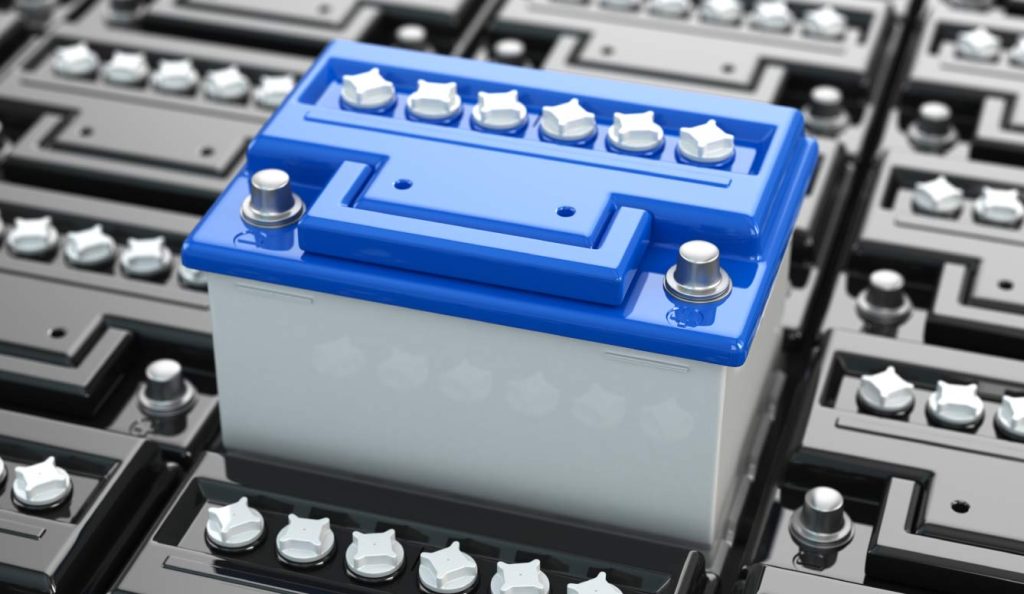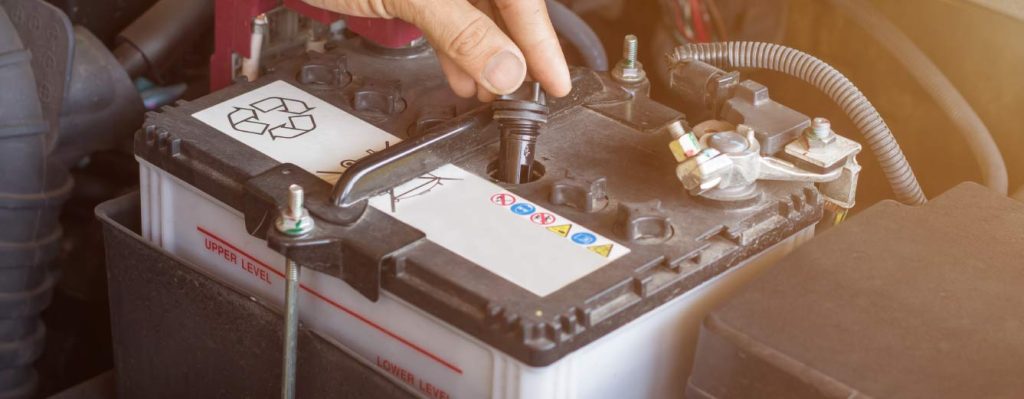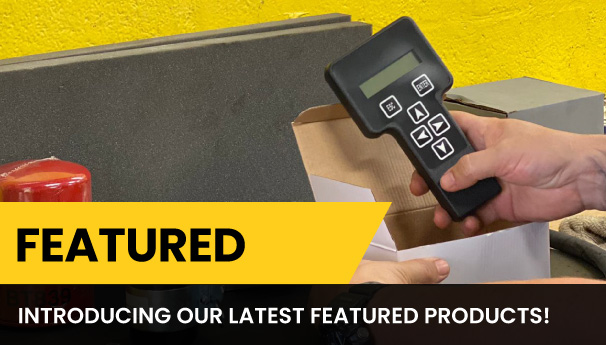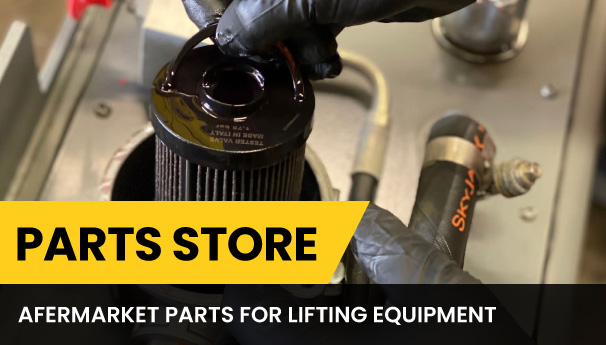Essential Battery Maintenance Guide for Electric Scissor Lifts
Maintaining the batteries of electric scissor lifts is crucial to ensure their optimal performance and longevity. Here are some key steps to effectively maintain the batteries, that We actually practice at CertusEquip to give them a long life with excellent performance.
Charging Routine:
Charge the batteries after each use, regardless of the remaining charge level. Avoid fully depleting the batteries as this can lead to decreased battery life.
Use the manufacturer-recommended charger and follow the charging guidelines provided in the equipment’s manual.
Charge the batteries in a well-ventilated area away from flammable materials.
Watering:
If your scissor lift has flooded lead-acid batteries, regularly check and maintain the water levels. Use distilled water to top up the cells if the plates are not fully submerged, ensuring the plates are covered.
Add water only after charging, as the electrolyte expands during charging. Maintain water levels between the recommended marks in each cell.

Cleaning:
Keep the battery terminals, cables, and connectors clean and free from corrosion. Corroded terminals can lead to poor electrical connections and reduced performance.
Use a mixture of baking soda and water to clean off any corrosion. Be sure to disconnect the batteries before cleaning.
Inspections:
Storage:
If the scissor lift will not be used for an extended period, charge the batteries to around 50% capacity before storage.
Store the lift and batteries in a cool, dry place away from direct sunlight and extreme temperatures.
Safety Precautions:
Always wear appropriate personal protective equipment (PPE) when working with batteries, including gloves and safety goggles.
Turn off the scissor lift and disconnect the batteries before performing any maintenance.and tighten or replace them as needed.
Regular Testing:
Perform regular battery load tests and capacity tests to monitor the health of the batteries. Replace batteries that show significant degradation in performance.

Professional Servicing:
Engage a professional technician or service provider for regular maintenance and inspections, especially for more complex tasks like load testing or battery replacement.
Remember that battery maintenance practices may vary based on the specific model and type of batteries your electric scissor lift uses. Consult the equipment’s manual for manufacturer-recommended maintenance guidelines tailored to your equipment. Proper battery maintenance will not only extend the lifespan of your scissor lift but also contribute to safe and efficient operations.





